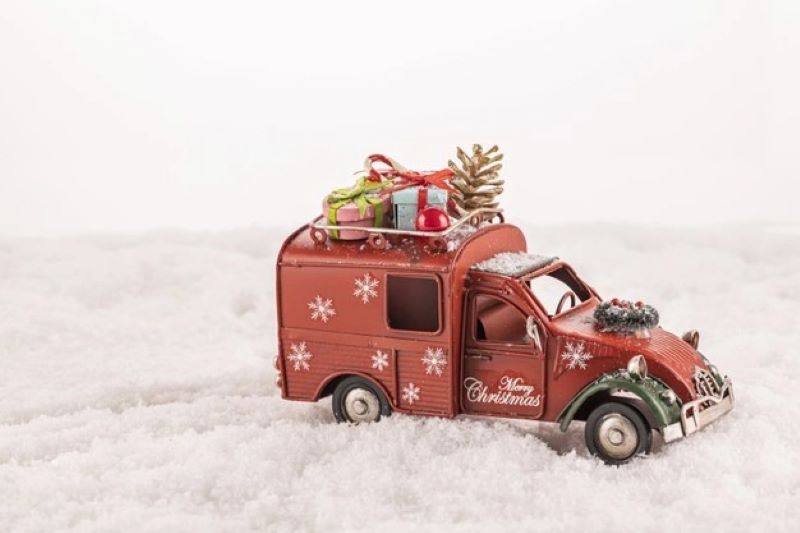For centuries, families all around the world have been observing Christmas Eve traditions as a way to mark the beginning of the holiday season. These customs vary from country to country, but all share a common thread of warmth, love, and togetherness that makes them timeless.
A Look into the History of Christmas Eve Traditions
One of the most common traditions on Christmas Eve is the exchange of gifts. Though giving presents actually occurs on Christmas Day in most countries, in some parts of Europe and Latin America, families exchange gifts after dinner on the 24th. In some households, kids get their gifts on Christmas Eve, while in others, it’s the adults who exchange presents.
Another popular Christmas Eve activity is the decoration of the Christmas tree. Families spend hours hanging ornaments, strings of lights, and tinsel on their trees. Some families even have a special ornament designed for each member of the family.
In certain countries, special foods are prepared on Christmas Eve. In Poland, for example, carp is a traditional dish, while in Italy, a fish soup called “baccalà” is often shared by families. In Mexico and other Latin American countries, tamales are a Christmas Eve staple.
Perhaps the most famous Christmas Eve tradition of all is the singing of carols. As the night wears on, families gather around the tree or fireplace and sing classics like “Silent Night”, “The First Noel”, and “Away in a Manger”. In many villages and towns, door-to-door carolers still roam around and serenade families in exchange for a few coins or a hot drink.
In some countries, like Norway, households compete with each other to see who can create the best decorated tree or home. In Denmark, it is customary to light candles and enjoy a festive dinner together with family and friends. In Finland, the sauna is traditionally used to relax and unwind before the festivities begin.
From Around the World: Unique Christmas Eve Traditions
While the traditions mentioned above are celebrated by a great many people, certain Christmas Eve customs are more region-specific. For example, in Spain, it is customary for families to enjoy a late dinner together, after which children leave bowls of milk outside for the “Three Wise Men” along with traditional “roscón” pastries.
In Germany, many families attend a midnight mass service before returning home, while in Russia, families share a special porridge called “kutya” made from boiled wheat, honey, and poppy seeds. In Iceland, the “Yule Lads” visit homes in the 13 days leading up to Christmas Eve, leaving small presents or potatoes in children’s shoes, depending on whether they’ve been naughty or nice.
No matter where these traditions are celebrated, what’s important is that they’ve stood the test of time. Each year, families come together to embrace the customs that have been passed down through generations, sharing food, stories, and memories.
And while the world has changed significantly since these traditions first began, the magic of Christmas Eve remains just as strong as ever. It’s a time for us to connect with our loved ones, to reflect on the year that’s passed, and to look forward to the year ahead. So, this Christmas Eve, wherever you are in the world, take a moment to cherish the traditions that have brought joy and warmth to our hearts for centuries.

